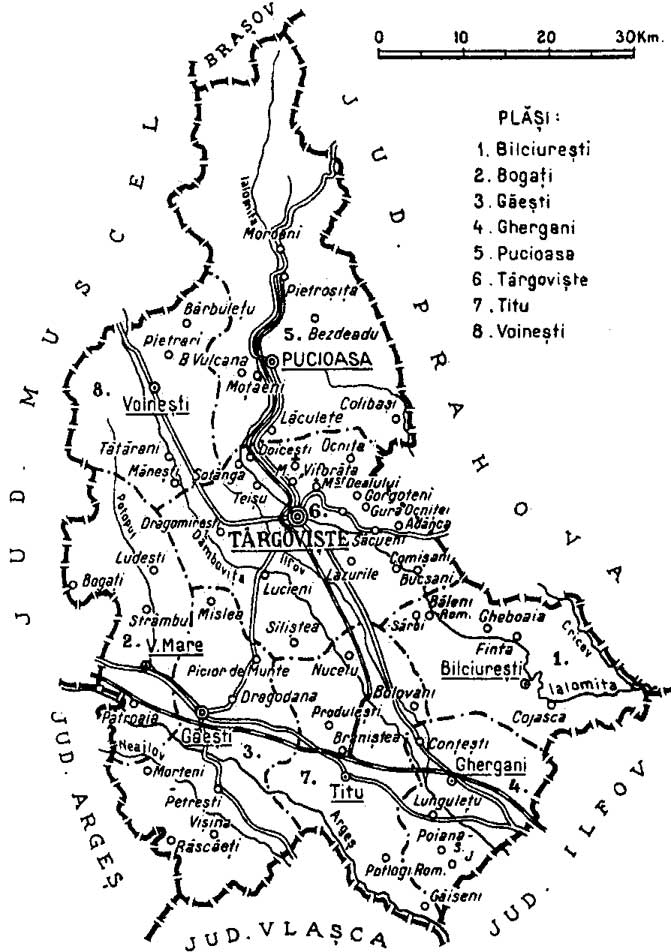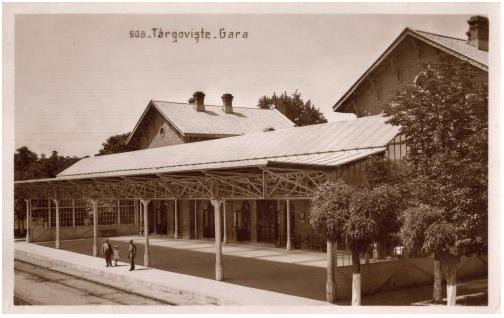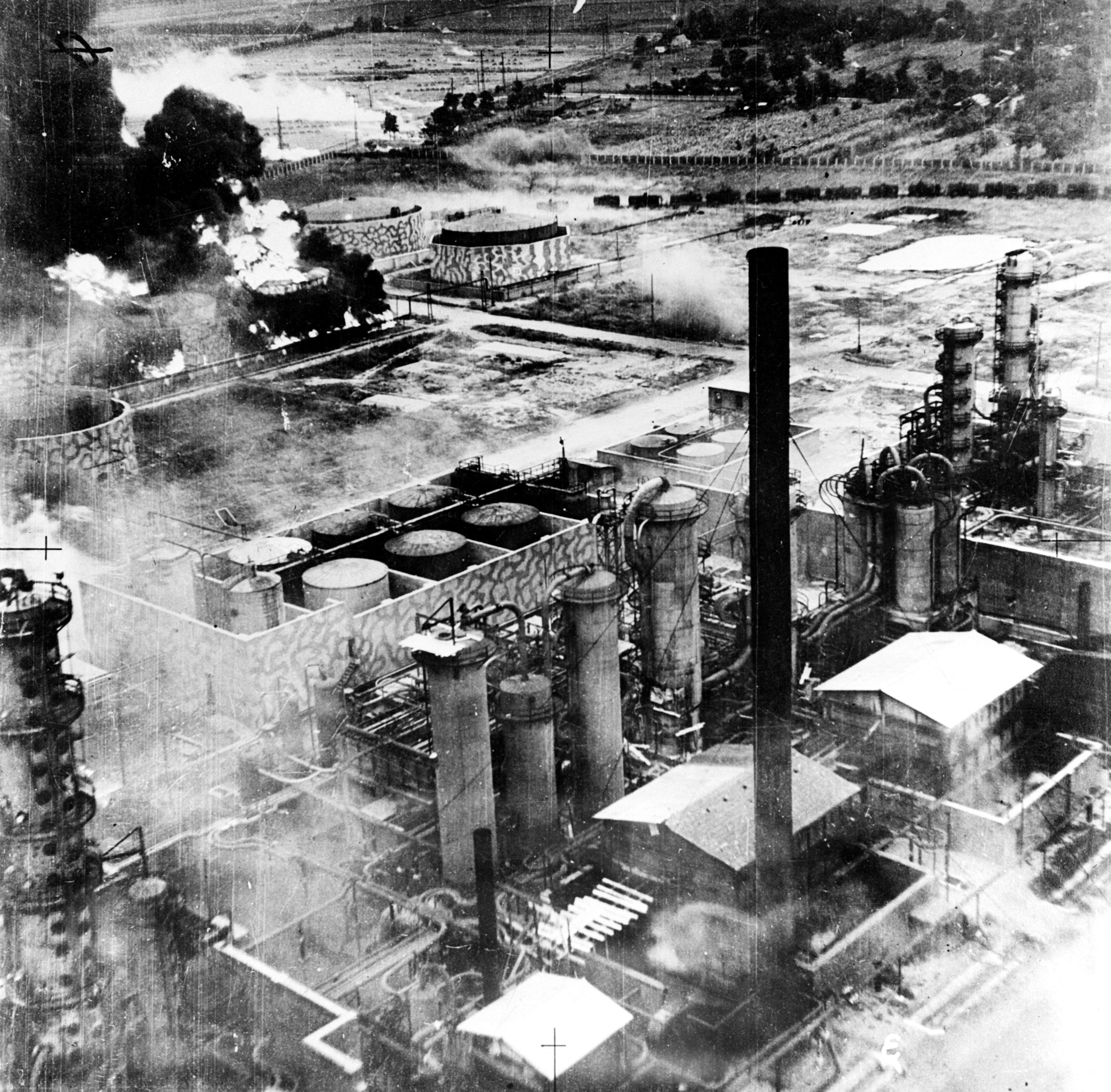|
Finta, Dâmbovița
Finta is a Commune in Romania, commune in Dâmbovița County, Muntenia, Romania with a population of 3,686 people as of 2021. It is composed of four villages: Bechinești, Finta Mare (the commune center), Finta Veche, and Gheboaia. The commune is situated in the Wallachian Plain, at an altitude of , on the banks of the Ialomița (river), Ialomița River and its tributary, the Pâscov. It is located in the southeastern part of Dâmbovița County, from the county seat, Târgoviște, on the border with Prahova County; the city of Ploiești is to the northeast, while Bucharest is to the southeast. The Battle of Finta took place here in 1653, leading to a victory of the Wallachian army under the command of List of rulers of Wallachia, Prince Matei Basarab. References Communes in Dâmbovița County Localities in Muntenia {{Dâmboviţa-geo-stub ... [...More Info...] [...Related Items...] OR: [Wikipedia] [Google] [Baidu] |
Commune In Romania
A commune (''comună'' in Romanian language, Romanian) is the lowest level of administrative subdivision in Romania. There are 2,686 communes in Romania. The commune is the rural subdivision of a Counties of Romania, county. Urban areas, such as towns and cities within a county, are given the status of ''Cities in Romania, city'' or ''Municipality in Romania, municipality''. In principle, a commune can contain any size population, but in practice, when a commune becomes relatively urbanised and exceeds approximately 10,000 residents, it is usually granted city status. Although cities are on the same administrative level as communes, their local governments are structured in a way that gives them more power. Some urban or semi-urban areas of fewer than 10,000 inhabitants have also been given city status. Each commune is administered by a mayor (''primar'' in Romanian). A commune is made up of one or more villages which do not themselves have an administrative function. Communes ... [...More Info...] [...Related Items...] OR: [Wikipedia] [Google] [Baidu] |
Dâmbovița County
Dâmbovița County (; also spelt Dîmbovița) is a county () of Romania, in Muntenia, with the capital city at Târgoviște, the most important economic, political, administrative and cultural center of the county. It is a traditional administrative unit, first attested in 1512. Demographics In 2021, it had a population of 479,404 and the population density was 120/km2. It is one of the most densely populated counties in Romania. * Romanians – 87.09% * Roma - 3.96% * Bulgarians - 0.31% * Serbians 0.1% * Others - 0.13% * Unknown - 8.41% Name The county is named after the Dâmbovița River, which is a name of Slavic origin, derived from ''Дъб, dâmb'', meaning "oak", as it once flowed through the oak forests of the Wallachian Plain. Geography Dâmbovița county has a total area of 4,054 km2 (1.7% of the country's surface). It is situated in the south-central part of the country, on the Ialomița and Dâmbovița river basins. The highest altitude is Omu Pe ... [...More Info...] [...Related Items...] OR: [Wikipedia] [Google] [Baidu] |
Muntenia
Muntenia (, also known in English as Greater Wallachia) is a historical region of Romania, part of Wallachia (also, sometimes considered Wallachia proper, as ''Muntenia'', ''Țara Românească'', and the rarely used ''Valahia'' are synonyms in Romanian). It is situated between the Danube (south and east), the Carpathian Mountains (the Transylvanian Alps branch) and Moldavia (both north), and the Olt River to the west. The latter river is the border between Muntenia and Oltenia (or ''Lesser Wallachia''). Part of the traditional border between Wallachia/Muntenia and Moldavia was formed by the rivers Milcov and Siret. Geography Muntenia includes București - Ilfov, Sud - Muntenia, and part of the Sud-Est development regions. It consists of nine counties entirely: * Brăila * Buzău * Călărași * Argeș * Dâmbovița * Giurgiu * Ialomița * Ilfov * Prahova And parts of four others: * Teleorman (the entire county with the exception of Islaz) * Vrancea (southern p ... [...More Info...] [...Related Items...] OR: [Wikipedia] [Google] [Baidu] |
Romania
Romania is a country located at the crossroads of Central Europe, Central, Eastern Europe, Eastern and Southeast Europe. It borders Ukraine to the north and east, Hungary to the west, Serbia to the southwest, Bulgaria to the south, Moldova to the east, and the Black Sea to the southeast. It has a mainly continental climate, and an area of with a population of 19 million people. Romania is the List of European countries by area, twelfth-largest country in Europe and the List of European Union member states by population, sixth-most populous member state of the European Union. Europe's second-longest river, the Danube, empties into the Danube Delta in the southeast of the country. The Carpathian Mountains cross Romania from the north to the southwest and include Moldoveanu Peak, at an altitude of . Bucharest is the country's Bucharest metropolitan area, largest urban area and Economy of Romania, financial centre. Other major urban centers, urban areas include Cluj-Napoca, Timiș ... [...More Info...] [...Related Items...] OR: [Wikipedia] [Google] [Baidu] |
Wallachian Plain
The Romanian Plain () is located in southern Romania and the easternmost tip of Serbia, where it is known as the Wallachian Plain (). It is part of the larger Eurasian Steppe. It is located in the historical region of Wallachia, and bordered by the Danube River in the east, south, and west and by the in the north. Bucharest, the capital of Romania, is located in the central part of the Romanian Plain. It is contiguous to the south with the Danubian Plain () in Bulgaria. The Romanian Plain is also sometimes referred to as the Danubian Plain () in the Romanian language, though this designation is not specific, because the Danube flows through a number of plains along its course, including the Hungarian Plain (which is called the Danubian Plain in Slovakia and Serbia), as well as the Bavarian Lowland, which is also sometimes called the Danubian Plain. Subdivisions In Romania, the plain is divided into five subdivisions and the Danube Valley, which are, from West to East: *A. O ... [...More Info...] [...Related Items...] OR: [Wikipedia] [Google] [Baidu] |
Ialomița (river)
The Ialomița ( ) is a river of Southern Romania. It rises from the Bucegi Mountains in the Carpathians. It discharges into the Borcea branch of the Danube in Giurgeni. e-calauza.ro It is long, and its basin area is . Its average discharge at the is . takes its name from this river. The upper reach of the river is sometimes known as ''Valea Obârșiei'' or ''Ob ... [...More Info...] [...Related Items...] OR: [Wikipedia] [Google] [Baidu] |
Pâscov
The Pâscov is a left tributary of the river Ialomița in Romania Romania is a country located at the crossroads of Central Europe, Central, Eastern Europe, Eastern and Southeast Europe. It borders Ukraine to the north and east, Hungary to the west, Serbia to the southwest, Bulgaria to the south, Moldova to .... It discharges into Ialomița in Gheboaia. e-calauza.ro Its length is and its basin size is . References Rivers of Romania Rivers of Dâmbovița County {{Dâmbovița-river-stub ...[...More Info...] [...Related Items...] OR: [Wikipedia] [Google] [Baidu] |
Târgoviște
Târgoviște (, alternatively spelled ''Tîrgoviște'') is a Municipiu, city and county seat in Dâmbovița County, Romania. It is situated north-west of Bucharest, on the right bank of the Ialomița (river), Ialomița River. Târgoviște was one of the most important cities in the history of Wallachia, as it was its capital from 1418 to 1659. At the 2021 Romanian census, 2021 census, the city had a population of 66,965 people, making it the 27th largest in the country. Etymology The name ''Târgoviște'' is a Slavic name which the city acquired in the Middle Ages. It is derived from the old Slavonic word for "marketplace", referring to the place rather than the market itself. The name is found in placenames not only in South Slavic areas (Bulgarian , Serbian and Croatian '), but also in West Slavic such as Slovak ''Trhovište'', Czech ''Trhoviště'' or Polish ''Targowica, Lower Silesian Voivodeship, Targowica''. Additionally, places with the same name are found in Romania, ... [...More Info...] [...Related Items...] OR: [Wikipedia] [Google] [Baidu] |
Prahova County
Prahova County () is a county (județ) of Romania, in the Historical regions of Romania, historical region Muntenia, with the capital city at Ploiești. Demographics In 2011, it had a population of 762,886 and the population density was 161/km2. It is Romania's third most populated county (after the Municipality of Bucharest and Iași County), having a population density double that of the country's mean. * Romanians - 97.74% * Romani people in Romania, Romas and Minorities of Romania, others - 2.26% The county received an inflow of population who have moved here due to the industrial development. Geography This county has a total area of 4,716 km2. The relief is split in approximately equal parts between the mountains, the hills and the plain. In the North side there are mountains from the southern end of the Eastern Carpathians - the Curvature Carpathians group; and the Bucegi Mountains the Eastern end of the Southern Carpathians group. The two groups are separated ... [...More Info...] [...Related Items...] OR: [Wikipedia] [Google] [Baidu] |
Ploiești
Ploiești ( , , ), formerly spelled Ploești, is a Municipiu, city and county seat in Prahova County, Romania. Part of the historical region of Muntenia, it is located north of Bucharest. The area of Ploiești is around , and it borders the Blejoi commune in the north, Bărcănești, Prahova, Bărcănești and Brazi communes in the south, Târgșoru Vechi commune in the west, and Bucov and Berceni, Prahova, Berceni communes in the east. According to the 2021 Romanian census, 2021 census, Ploiești is the List of cities and towns in Romania, tenth most populous city in the country with a population of 180,540. The city grew beginning with the 17th century on an estate bought by ruler Michael the Brave from the local landlords, gradually replacing nearby Wallachian fairs of Târgșor, Gherghița, and Bucov. Its development was accelerated by heavy industrialisation during the mid-19th century, with the world's first large-scale oil refinery, petroleum refinery being opened between ... [...More Info...] [...Related Items...] OR: [Wikipedia] [Google] [Baidu] |
Bucharest
Bucharest ( , ; ) is the capital and largest city of Romania. The metropolis stands on the River Dâmbovița (river), Dâmbovița in south-eastern Romania. Its population is officially estimated at 1.76 million residents within a greater Bucharest metropolitan area, metropolitan area of 2.3 million residents, which makes Bucharest the List of cities in the European Union by population within city limits, 8th most-populous city in the European Union. The city area measures and comprises 6 districts (''Sectors of Bucharest, Sectoare''), while the metropolitan area covers . Bucharest is a major cultural, political and economic hub, the country's seat of government, and the capital of the Muntenia region. Bucharest was first mentioned in documents in 1459. The city became the capital in 1862 and is the centre of Romanian media, culture, and art. Its architecture is a mix of historical (mostly History of architecture#Revivalism and Eclecticism, Eclectic, but also Neoclassical arc ... [...More Info...] [...Related Items...] OR: [Wikipedia] [Google] [Baidu] |
Battle Of Finta
The Battle of Finta (27 May 1653) was a confrontation between Prince Matei Basarab's Wallachian army and a combined Moldavian–Cossack– Tatar force under Prince Vasile Lupu and Tymofiy Khmelnytsky. It took place around Finta, now a commune in Dâmbovița County, Romania. The battle began by an attack of Moldavian infantry and Tatar–Cossack cavalrymen. From the beginning, the Moldavians, Tatars and Cossacks were driven back by the Wallachian military forces and Lithuanian defenders. Subsequently, both armies advanced to meet in a marshland, where a great melee began. Wallachians, Polish-Lithuanians, '' Seimeni'' Serb and Hungarian mercenaries destroyed the entire force of Cossacks and Tatars, with their swords and bayonets; the Moldavians, alongside the German and Austrian mercenaries, retreated a kilometer to prepare for the attacks. They resisted a series of attacks by the Wallachian-led combined troops, until finally the Wallachians bombarded their positions. The Ger ... [...More Info...] [...Related Items...] OR: [Wikipedia] [Google] [Baidu] |



